Japan's Silent Red Beacon: Understanding the Help Mark
As you wander through the bustling streets of Tokyo or ride a packed train during rush hour, you might notice a small, bright red tag hanging from someone’s bag. It's not a fashion accessory or a tourist souvenir — it’s the Help Mark (ヘルプマーク), a quiet but powerful signal that someone nearby might need your understanding or assistance, even if they don’t look like it.
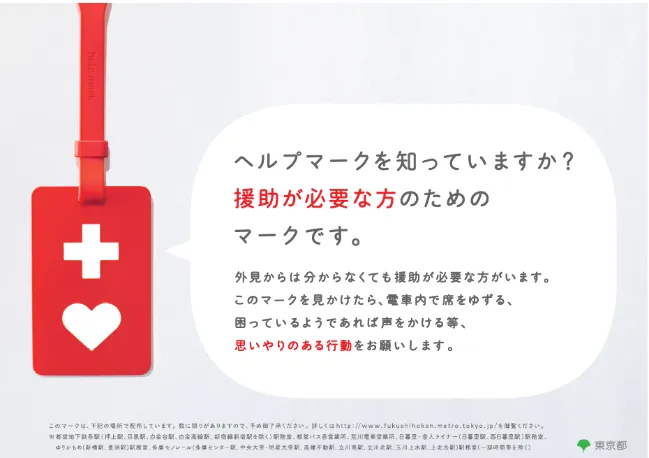
What Is the Help Mark?
The Help Mark is simple in design: a bold red tag featuring a white cross and heart. It’s intentionally minimal, with no explanatory text on the front — a silent yet striking symbol. Flip it over, and you’ll often find personal notes or medical information describing the wearer’s condition or specific needs.
Its purpose is to provide visible support for invisible disabilities. Many who wear it live with conditions not obvious to others: heart disease, artificial joints, mental health issues, rare or chronic illnesses, or even early-stage pregnancy — all of which may require accommodations, but aren't outwardly noticeable.
In Japanese, the concept of 「外見」(gaiken) — outward appearance — often governs first impressions. But the Help Mark reminds us that what’s invisible can be just as urgent.
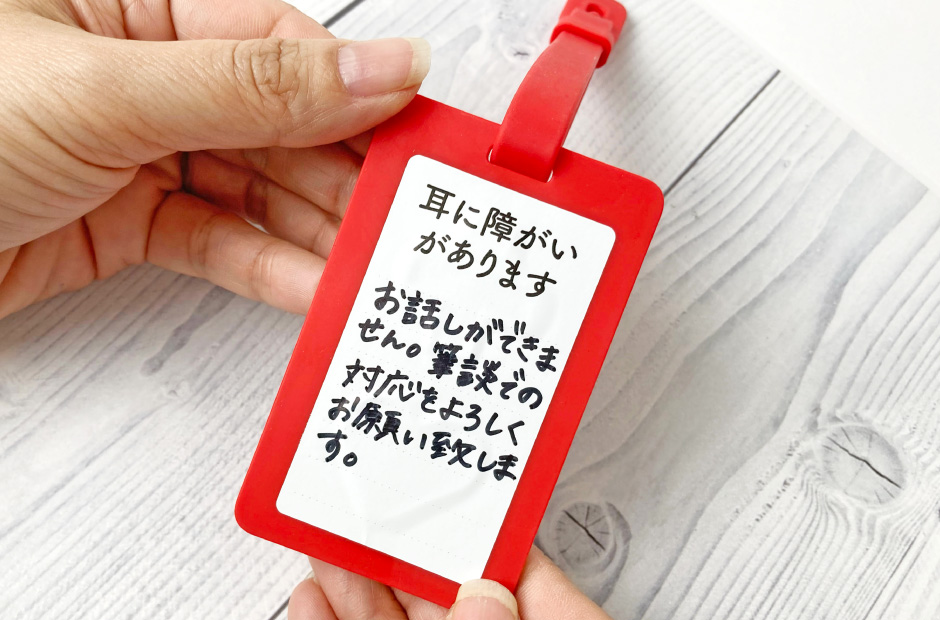
From Local Initiative to National Symbol
The Help Mark began in 2012, introduced by the Tokyo Metropolitan Government’s Bureau of Social Welfare and Public Health. Its impact was immediate and profound, prompting rapid adoption across Japan. By 2024, the Help Mark had become a nationwide standard, available in all 47 prefectures.
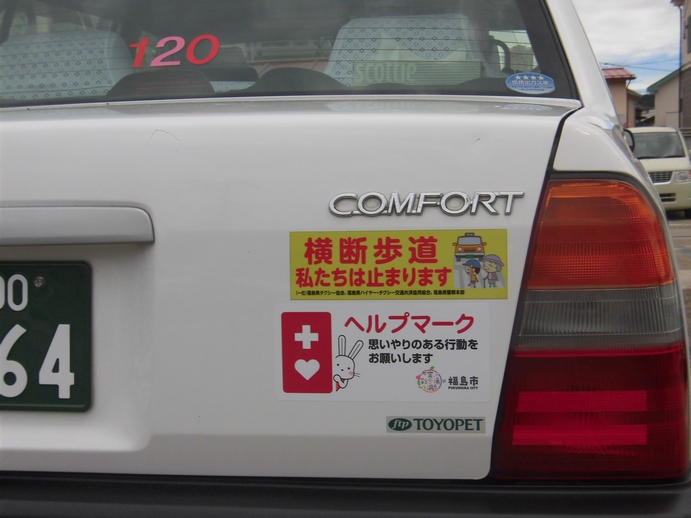
Importantly, the Help Mark cannot be purchased — it’s distributed free of charge at places like train stations, city offices, and hospitals. This ensures accessibility for those who need it, without any financial or social barriers.
A Cultural Shift, One Symbol at a Time
In Japanese society, asking for help can sometimes feel uncomfortable — even shameful. Many people avoid drawing attention to themselves, especially when struggling with health conditions they’d rather keep private.
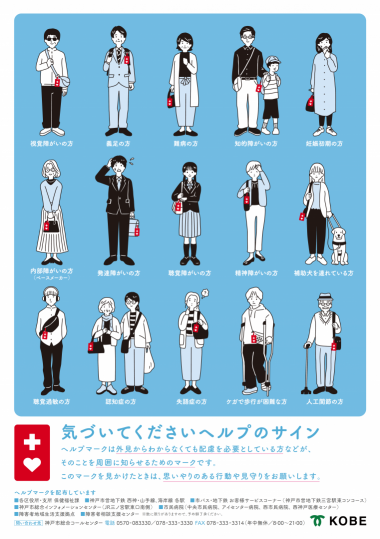
That’s where the genius of the Help Mark lies: it bridges the cultural gap between silent suffering and public support. As one user shared:
“Thanks to the Help Mark, I don’t worry about judgment when I sit in a priority seat — people just understand.”
Another said:
“A stranger saw the tag and offered their seat without me saying a word. It felt like a little miracle.”
These stories are common, especially in cities like Tokyo, where daily interactions can feel cold or impersonal. The Help Mark gently reminds everyone that kindness is never out of place.
Vital in Emergencies, Empowering in Daily Life
Beyond daily commutes and crowded streets, the Help Mark plays a critical role during natural disasters or emergencies, when evacuation is urgent and confusion is high. People with non-visible disabilities — such as hearing impairments, PTSD, or autism — may face serious challenges in such moments. The Help Mark signals to rescue workers and bystanders that extra care may be needed, even if the person seems fine.
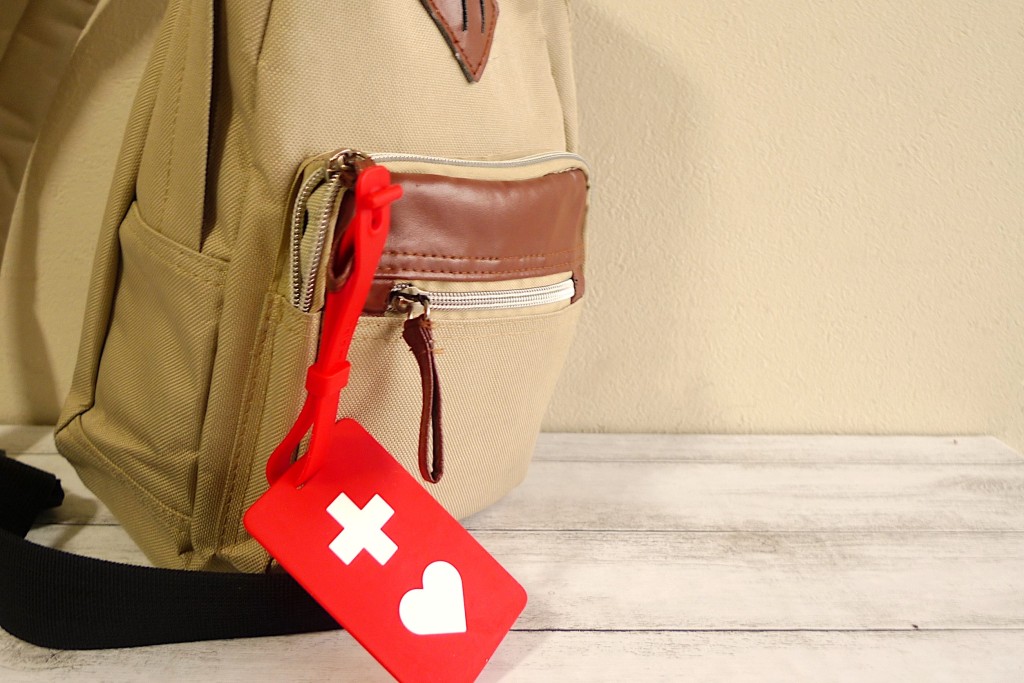
The system behind it is simple but effective: “Identification + Matching.” The mark identifies someone in silent need. A compassionate observer sees it and responds, often with a simple yet powerful question:
“Is there anything I can do to help?”
That question — especially when unprompted — can mean the world.
A Model for the World
The Help Mark isn’t just a success story in Japan — it’s a global model of accessible design. With one small tag, it communicates empathy, builds bridges, and makes invisible struggles visible.
In a fast-paced, often disconnected world, something as simple as a red tag can spark human connection. Whether you're visiting Japan or living there, take a moment to notice — and respond — when you see the Help Mark. A few kind words, a seat, or a moment of patience could shine as a beam of light in someone’s difficult day.
Related Articles
You may also like...
International Hostess Bar Since 1993
夢
ORIGIN
・ International Hostess Bar since 1993
・ Japanese Hospitality with International Service
・ Diverse and Charming Floor Ladies
・Located in Shinjuku, Tokyo
・Transparent Pricing
・Easy Online Reservations










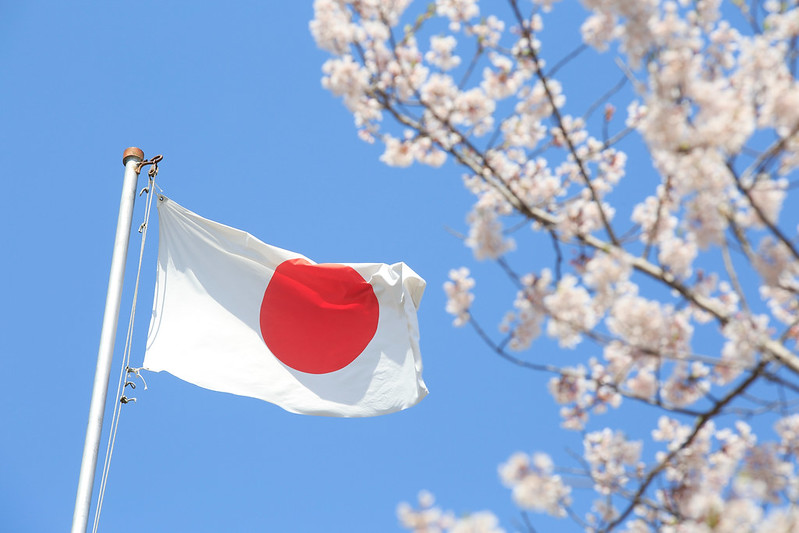









.jpg)

